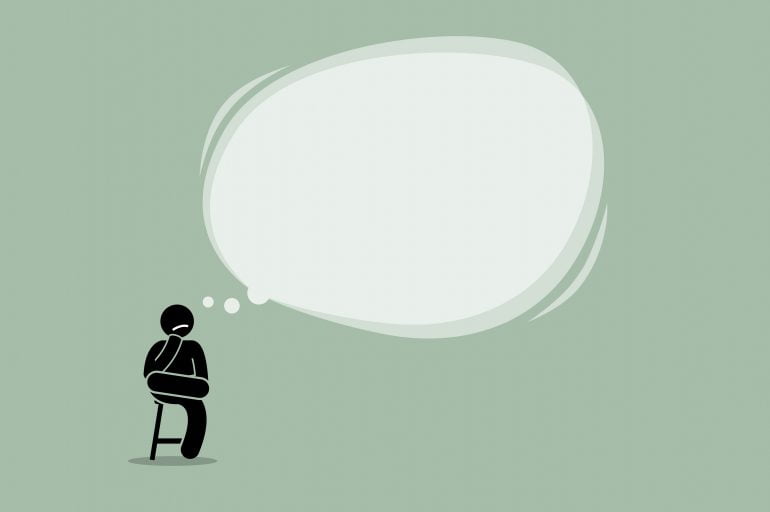
A thought record is a Cognitive Behavioral Therapy tool to help identify automatic thoughts that are creating problematic moods.
There are many free forms available on the internet.
Automatic thoughts are present in every situation, and they happen so quickly, so automatically, we often do not realize they are there. For example, if you are upset that someone is walking slowly in front of you..the automatic thought is “this person should move over or walk faster.”
You feel upset because of the unhelpful automatic thoughts.
If a person has the ability to be aware of these automatic thoughts, then through the process of using a thought record, they can have a more balanced view and feel less upset.
The situation has to be as specific as possible. For example, last Tuesday at the 4pm meeting is better than the every Tuesday meeting.
After writing down all the thoughts – select the thought that feels the most intense to you. Because it is the most intense, CBT calls this the “hot thought.” This hot thought is the one you will use for the rest of the exercise.
List the reasons that support why you think this way. This thought is happening for a reason (even if it is something we want to challenge). However, the most effective way to challenge a thought is to first validate why you think this way. Without this, it is very difficult to challenge a thought.
List the reasons why the hot thought is not 100% accurate. This will likely be more of a challenge, which is a good thing! Often the hot thought is overly simplistic or biased due to all / nothing thinking.
Looking back at the evidence for, and the evidence against, create a balanced statement that re-frames the situation in a more effective way. The goal is to create a statement that you can emotionally buy into. If you do not agree with it, keep working until you find a perspective that works for you.
For the future, there’s a good chance this hot thought will come up again. Try to recognize the pattern for when this happens, and use the balanced view when a similar situation arises.
After developing the balanced view, look back at the emotions you listed in step 2. When you come from the perspective of the balanced view, what happens to the emotions? (Often they reduce in intensity).
It is best to create a thought record as close to the problematic event as possible. This way your thoughts and emotions are easier to remember. At the very least, the goal should be to complete one the same day as the event.
Most people feel as though they do not have an issue important enough to warrant completing a thought record every day. That’s wonderful, but this exercise is effective for all types of unhelpful thoughts. That is why it is a good habit to complete one daily for at least two weeks. People are often surprised when they realize how often the automatic thoughts occur throughout the day.
Long term, you can still expect to have unhelpful automatic thoughts. But they will likely reduce in frequency, and you will be much better equipped to manage them.